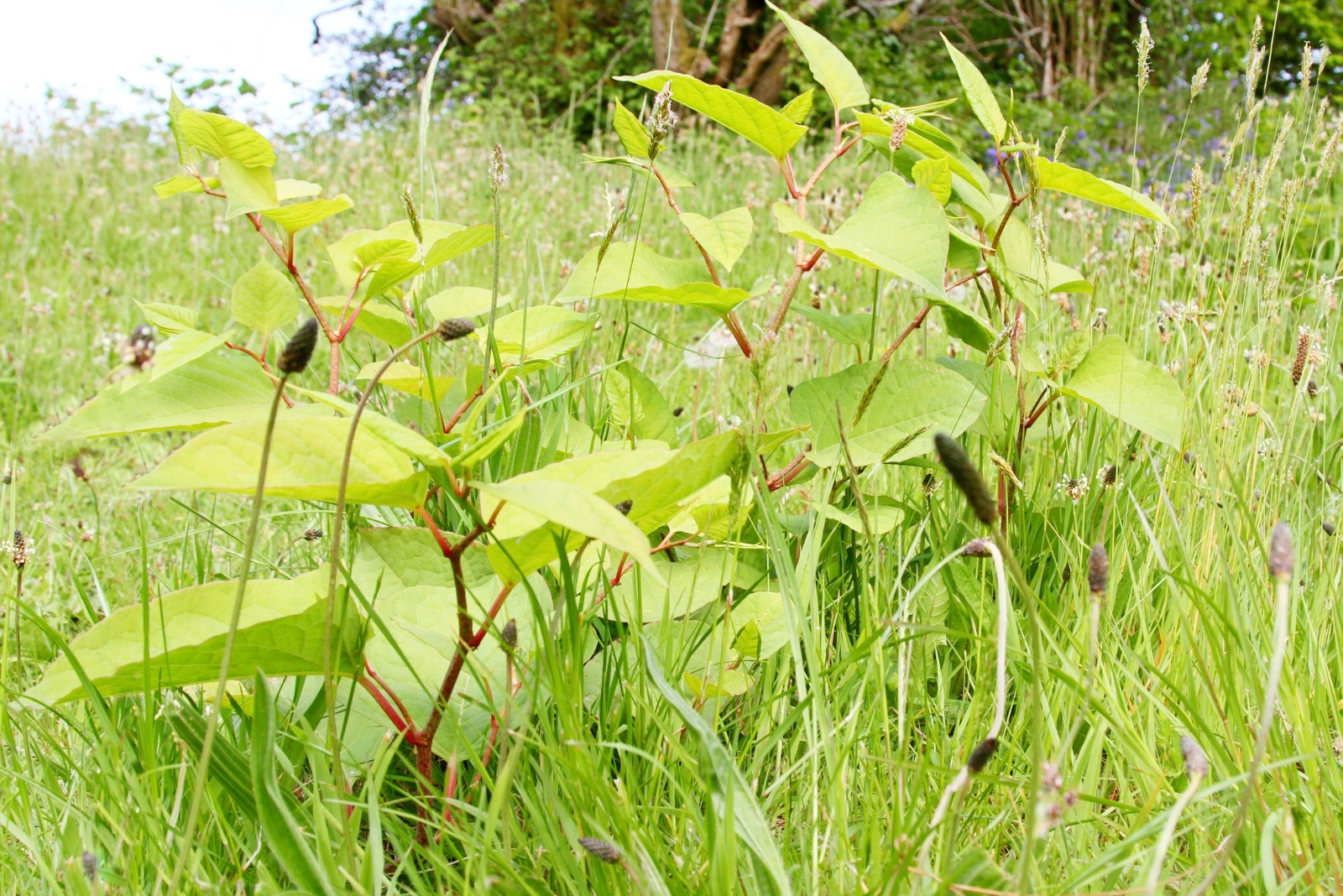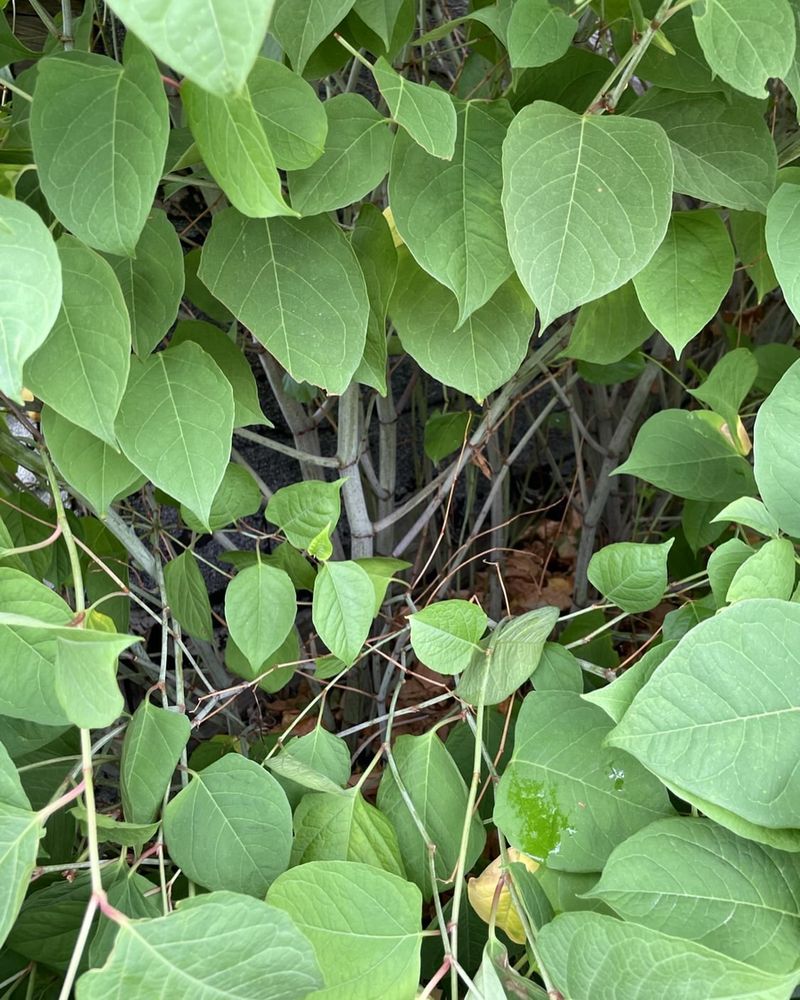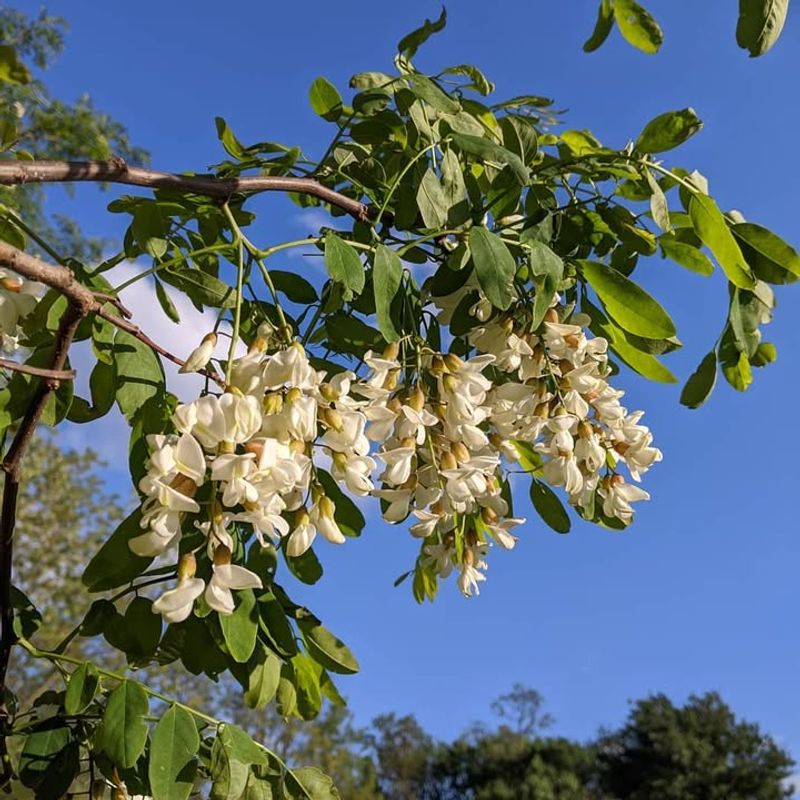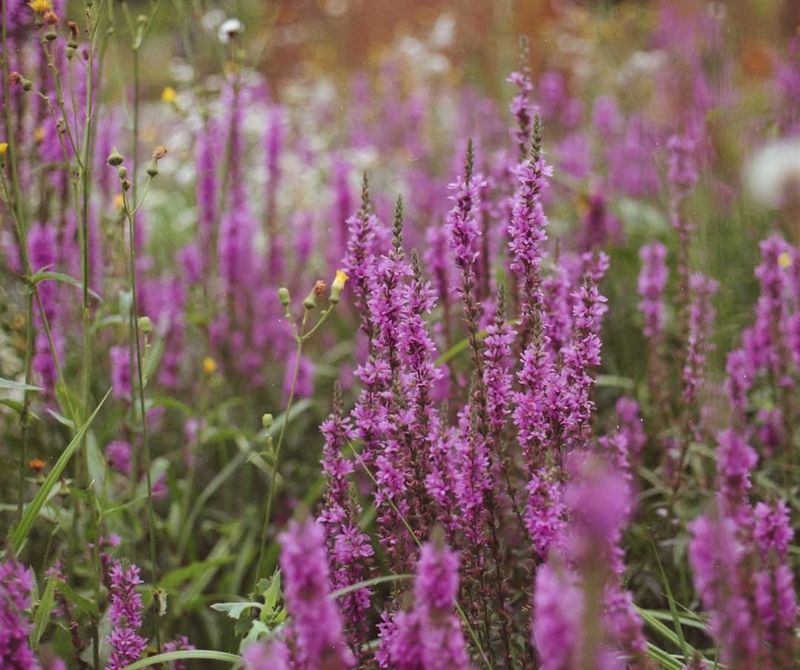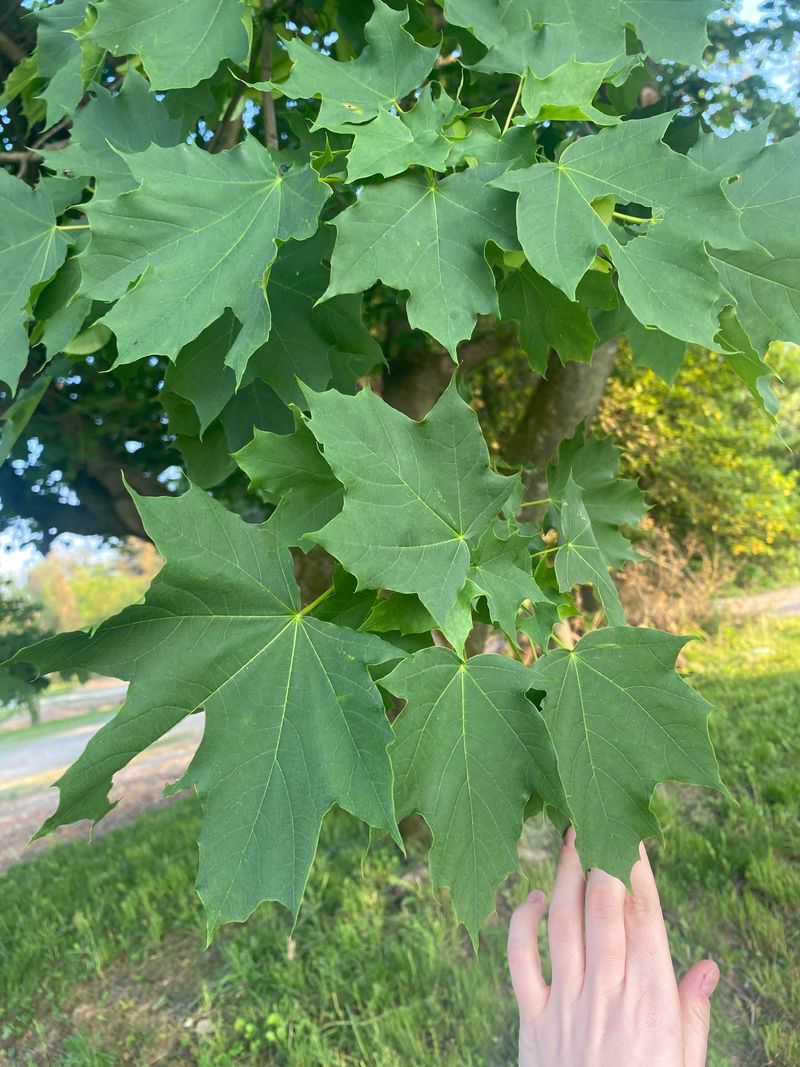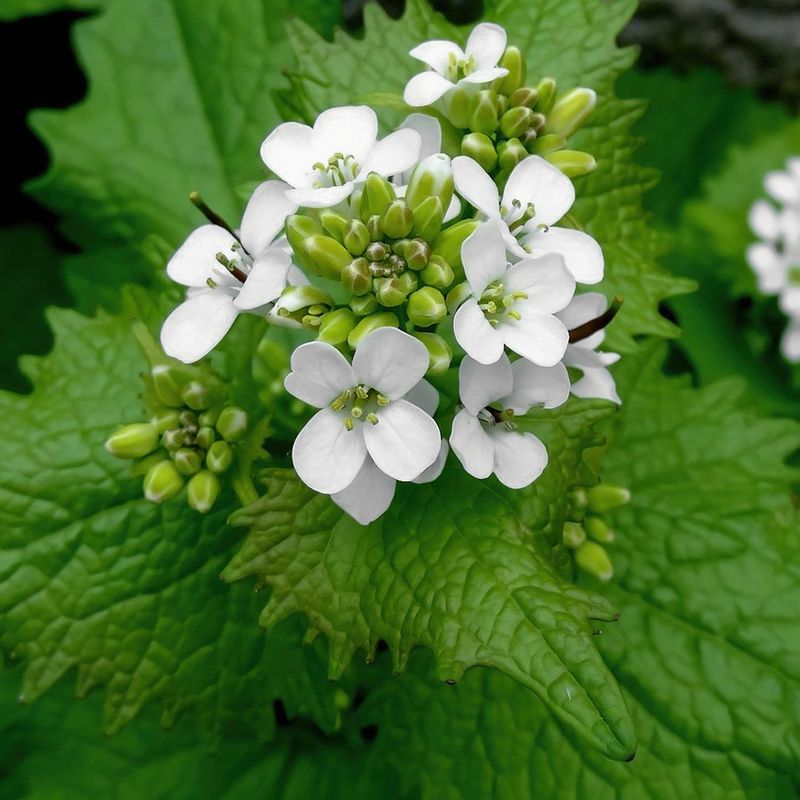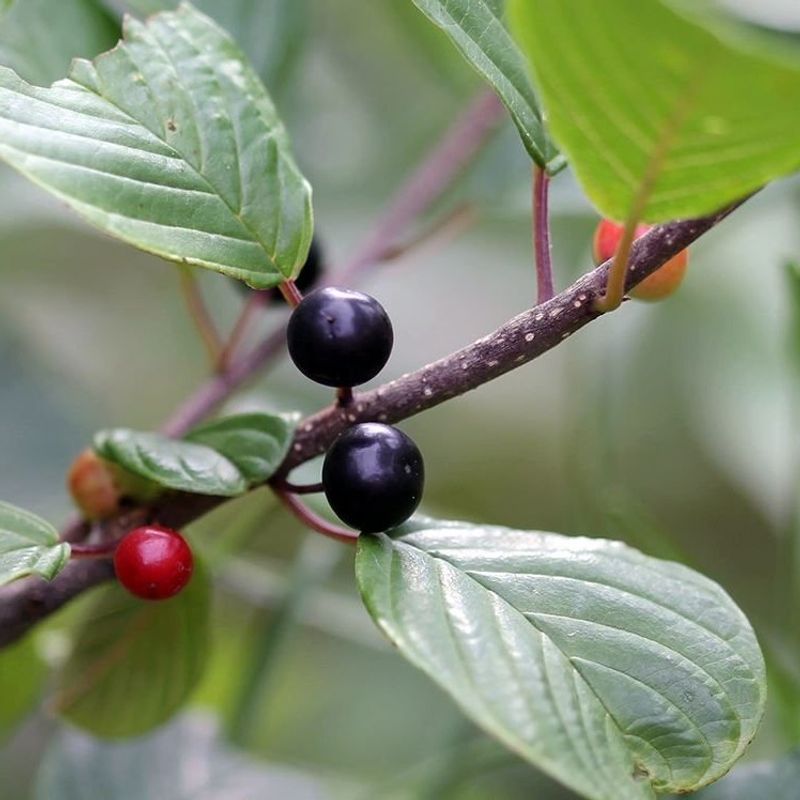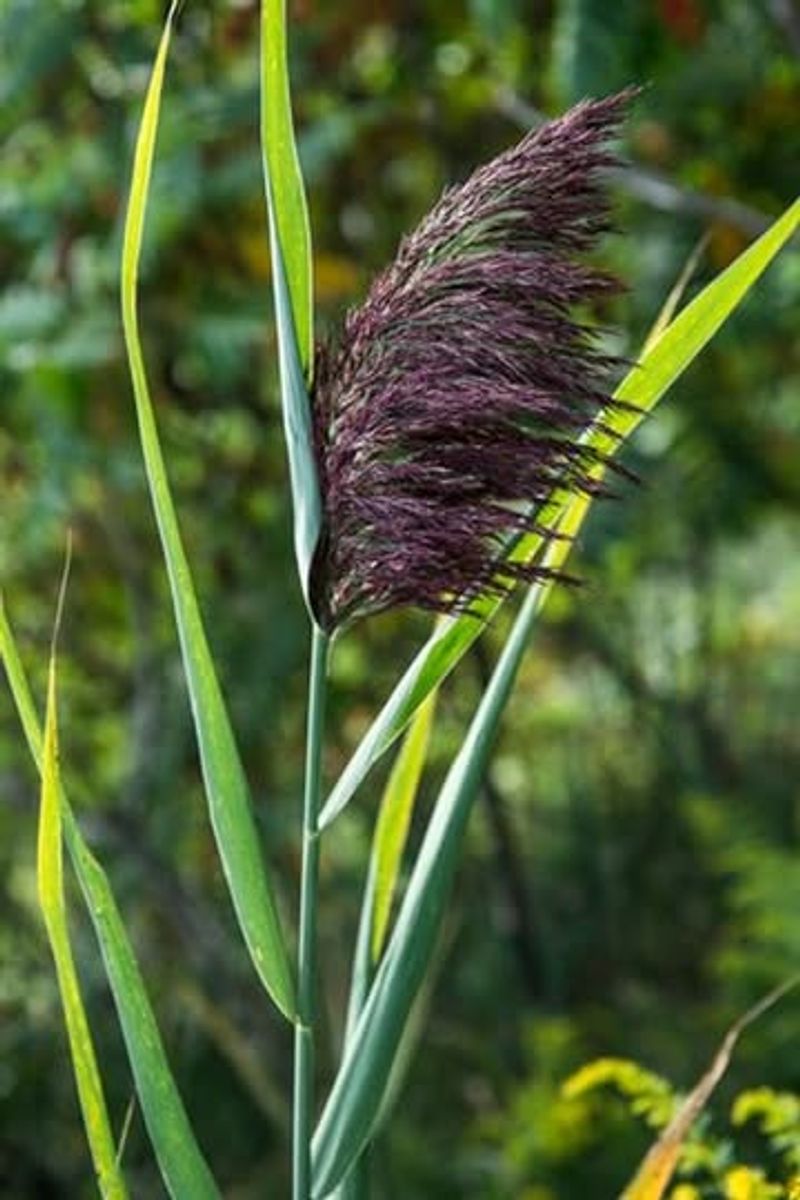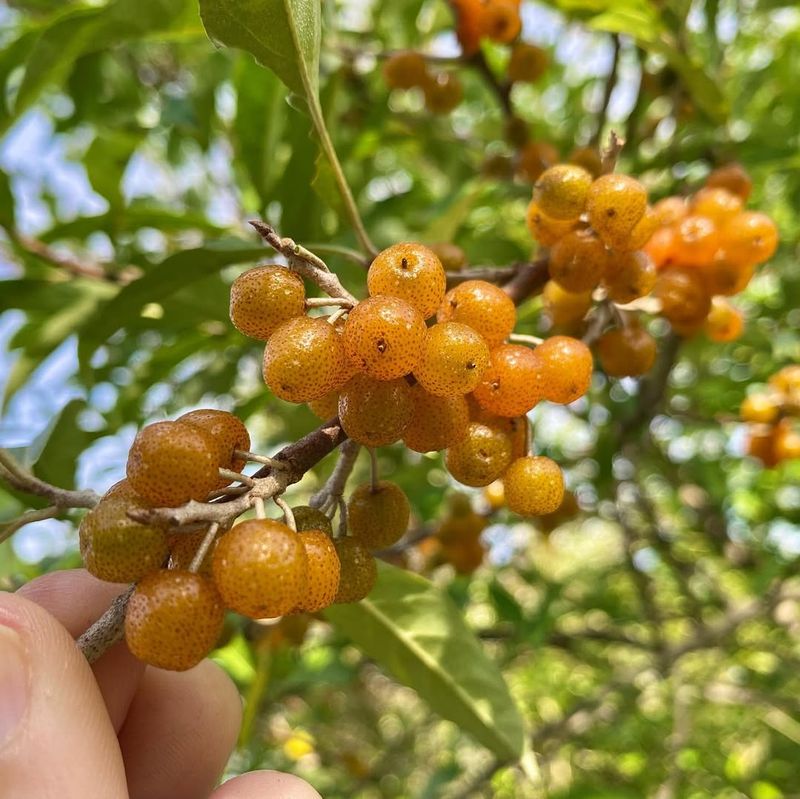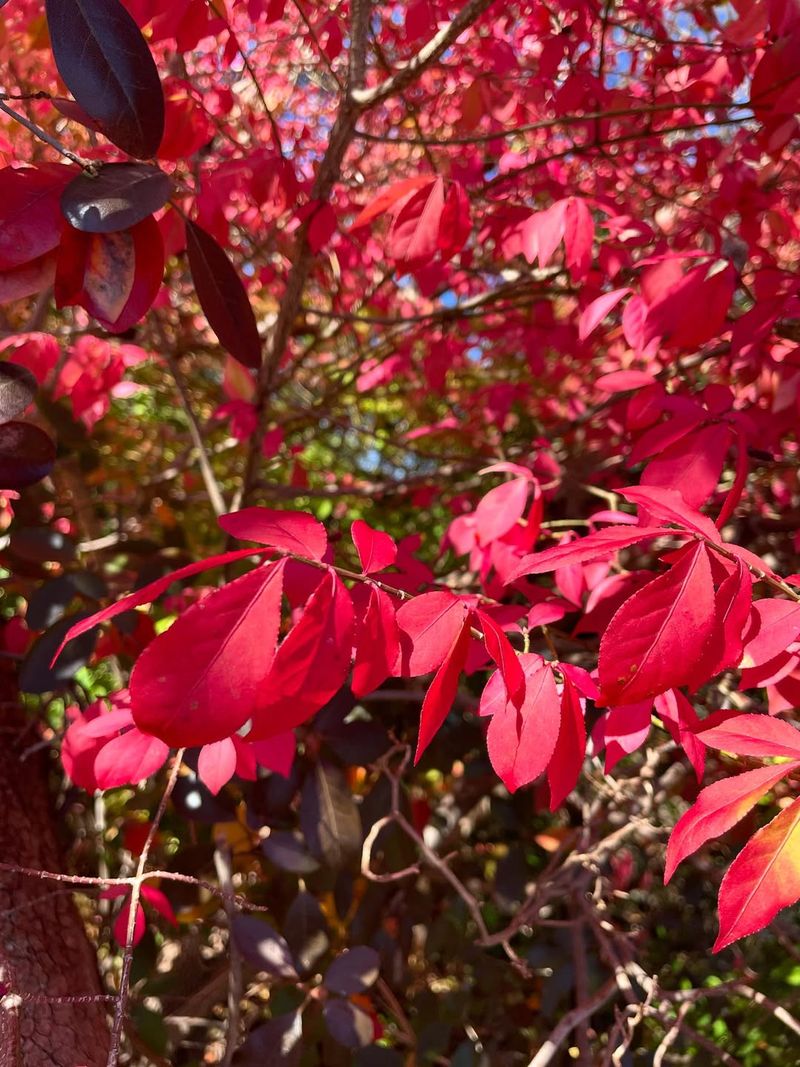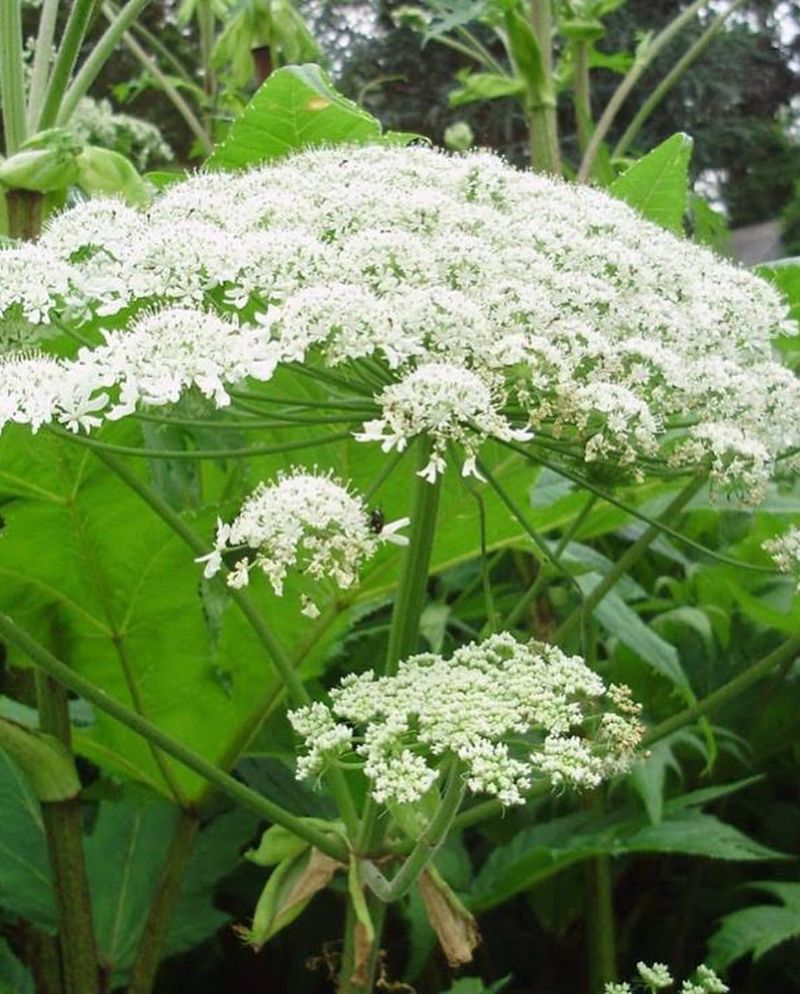Massachusetts enforces plant transport rules to guard forests, farms, and native habitats. Certain species carry pests or diseases, and others spread aggressively once established.
State regulations restrict the movement of these plants across regions to prevent ecological damage. A clear understanding of these rules supports healthy landscapes and keeps gardeners in full compliance.
1. Japanese Knotweed
Bamboo-like stems and heart-shaped leaves make this plant look innocent, but Japanese knotweed ranks among Massachusetts’ most aggressive invaders. Its underground roots can spread fifteen feet deep and push through concrete foundations.
Transporting any part of this plant without proper permits violates state law. Even tiny root fragments can establish new colonies that damage buildings and crowd out native vegetation.
Property owners must report infestations and follow approved removal methods to prevent further spread across the state.
2. Black Locust
Sweet-smelling white flowers attract bees every spring, but black locust trees create problems when moved carelessly. Sharp thorns cover young branches, and the tree produces toxins harmful to livestock and horses.
Massachusetts restricts transport because this species spreads aggressively through root suckers. One tree quickly becomes a dense thicket that chokes out other plants.
Farmers particularly worry about black locust invading pastures where animals graze. Always check local regulations before moving these trees between properties or counties.
3. Purple Loosestrife
Magenta flower spikes look stunning along roadsides and wetlands, making purple loosestrife a favorite for photographers. Unfortunately, beauty masks serious ecological damage to Massachusetts marshes and waterways.
Each plant produces millions of seeds annually, quickly overwhelming native wetland vegetation. State law prohibits transporting, selling, or planting this species anywhere in Massachusetts.
Wildlife depends on native wetland plants for food and shelter. Purple loosestrife offers neither, creating biological deserts where diverse ecosystems once thrived beautifully.
4. Norway Maple
Shade-loving homeowners appreciate Norway maples for their thick canopy and tolerance of urban pollution. However, Massachusetts limits transport because these trees aggressively invade forests and parks.
Dense shade beneath Norway maples prevents native wildflowers and tree seedlings from growing. Their shallow roots also compete intensely for water and nutrients.
Sugar maples and other native species struggle to survive where Norway maples dominate. Some towns now prohibit planting them along streets despite their popularity decades ago.
5. Garlic Mustard
Crushing leaves releases a distinctive garlic odor that identifies this biennial invader carpeting forest floors across Massachusetts. Early spring growth gives garlic mustard advantages over native wildflowers.
Chemicals released from roots poison soil fungi that native trees need for healthy growth. Transport restrictions prevent contaminated soil from spreading this pest to new locations.
Volunteers spend countless hours hand-pulling garlic mustard before it sets seed. Disposal requires bagging plants carefully since seeds remain viable even after pulling.
6. Glossy Buckthorn
Shiny leaves and abundant berries make glossy buckthorn attractive to birds, which then spread seeds throughout wetlands and forests. Massachusetts restricts transport because infestations alter natural water flow and soil chemistry.
Dense buckthorn thickets shade out native shrubs that provide better wildlife food and nesting habitat. Chemical control often proves necessary since cut stumps resprout vigorously.
Nurseries once sold buckthorn as ornamental hedging before its invasive nature became apparent across New England landscapes.
7. Common Reed (Phragmites)
Towering grass plumes dominate roadside ditches and coastal marshes where native vegetation once thrived. Non-native Phragmites strains grow much more aggressively than native varieties found in Massachusetts.
Transport regulations distinguish between native and invasive Phragmites strains, though telling them apart requires expert knowledge. Invasive types spread through underground stems that form impenetrable monocultures.
Salt marshes invaded by Phragmites lose their ability to protect coastlines from storm surges and provide nursery habitat for commercial fish species.
8. Autumn Olive
Wildlife agencies once promoted autumn olive for erosion control and bird habitat along highways. Silvery leaves and nitrogen-fixing roots seemed perfect for poor soils throughout Massachusetts.
Abundant berries ensure rapid spread as birds deposit seeds across fields and forest edges. Dense thickets shade out native plants and alter soil conditions.
Transport restrictions now prevent further planting despite decades of government encouragement. Landowners struggle to remove established populations that resprout persistently after cutting or burning attempts.
9. Burning Bush
Brilliant red fall color made burning bush a landscaping superstar for decades around Massachusetts homes and businesses. Nurseries sold thousands before anyone realized plants escaped cultivation and invaded natural areas.
Birds eating berries spread seeds into forests where burning bush outcompetes native understory plants. Massachusetts now prohibits selling or transporting most varieties.
Dwarf cultivars with reduced seed production offer alternatives for homeowners wanting autumn color without contributing to invasive spread throughout the Commonwealth.
10. Giant Hogweed
Towering fifteen feet tall with umbrella-sized flower clusters, giant hogweed looks prehistoric and dangerous. Sap contains chemicals that cause severe burns and blisters when exposed skin contacts sunlight.
Massachusetts treats giant hogweed as a serious public health threat requiring immediate reporting and professional removal. Transport without proper permits risks heavy fines.
Children particularly face danger since hollow stems tempt them to make toy telescopes. Even brushing against leaves can transfer enough sap to cause painful, long-lasting injuries.
11. Oriental Bittersweet
Yellow capsules splitting to reveal orange berries create stunning fall displays that florists and crafters prize. However, Oriental bittersweet vines grow so aggressively they topple mature trees throughout Massachusetts.
Transport regulations specifically target berry-bearing vines since seeds spread readily through decorative wreaths and arrangements. One wreath can introduce hundreds of seeds to new locations.
Distinguishing Oriental from native American bittersweet requires checking where flowers and fruits appear along stems. Proper identification prevents accidentally spreading the wrong species.

